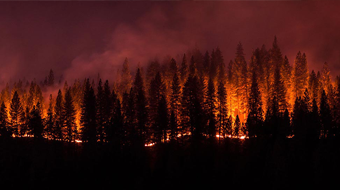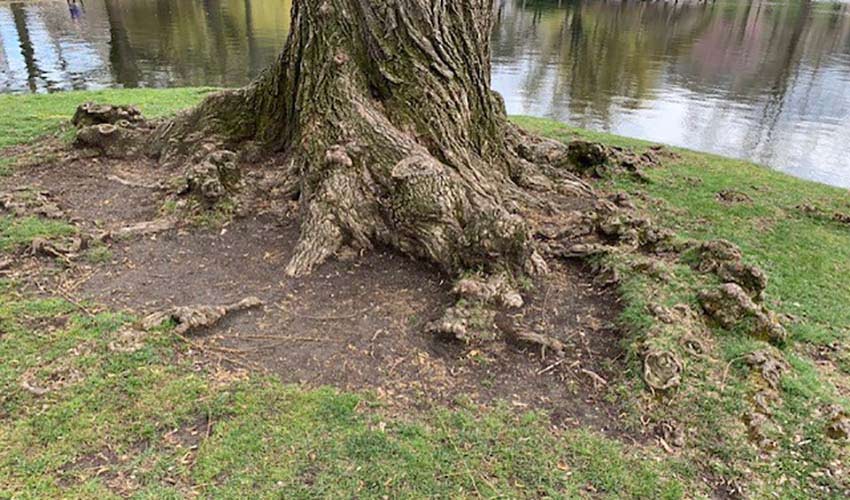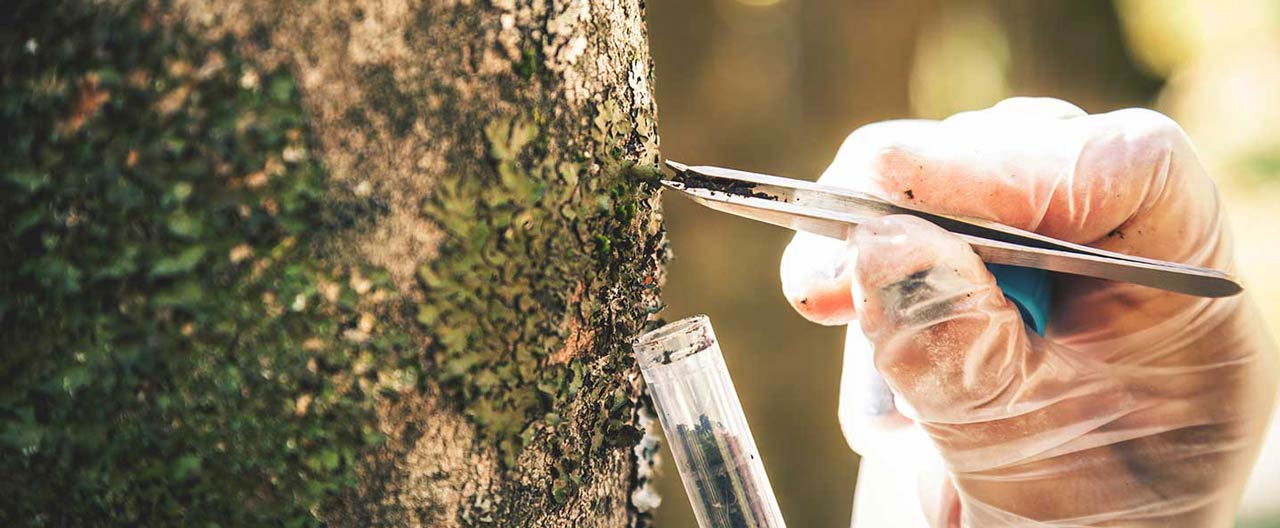- Individuals & Families
- Businesses
- Brokers

With winter on its way out, you may be ready for some spring cleaning.

Make sure you protect your classic cars from damage or additional wear and tear.

Keep your important papers and small valuables away from burglars, fire or natural disaster.

For over a hundred years, we’ve offered unparalleled stability and protection for small boats, yachts, luxury mega-yachts, and more.

Here are some things you can do to assist firefighters and minimize the damage to your home.

At their worst, disputes between professional service firms and their clients can lead to costly lawsuits.
As the weather gets warmer and the days grow longer, your attention may turn to your lawn and landscaping and making sure they are green and lush. But what about the health of your trees? While your landscaper will focus on the beauty of your grounds, they may not pay attention to the vitality of the trees or woods around your property. With summer approaching, the risk of severe weather such as wildfire and high winds increases. In addition to harsh weather, infestation and disease can easily damage unhealthy trees and cause damage to your home and property nearby. That’s why, each spring, it is important to inspect the trees on your property to make sure they are truly healthy.
Consider the following when evaluating trees and the surrounding area on your property:
- Is the tree leaning? If a tree is leaning toward your home, consider closer evaluation of the branches, leaves, trunk, roots and/or soil to make sure the tree is healthy and well anchored.
- Are there dead or broken branches and thin or missing leaves? Are there a lot of dead branches? Are they in the lower part of the tree or just on one side? If the answer is “yes” to any of these questions, your tree may be sick, imbalanced or possibly dying.
- Are there cavities or splits in the trunk, missing bark, or pockets of decay? If so, you may have an unhealthy tree on your hands. A crack or split in the tree trunk could be a sign the tree will fall or break apart at any moment. Missing bark is often a sign of a dead section of the tree, which can be caused by a surface wound, infection or fungus attack.
- Is there fungus near the tree’s roots or trunk? Is the soil cracked and/or raised? If you see fungus on or near the tree’s roots and/or trunk, the tree may be decayed. Decay will weaken the tree and make it more apt to fall. Consider contacting a certified arborist immediately if the tree is located near your home.

- Is the soil cracked and/or raised? Examining the soil around your tree can also give you an indication of the health of your tree. Cracked or raised soil may be a sign that the tree is in the process of uprooting, which is often the first step to a tree falling over.
- What trees may need a little extra care? While walking your property it is a good time to identify the trees that need pruning or trimming. Hints that your tree(s) are in need of such attention include broken branches, cracks, crossing or wandering branches, dead wood, excessive greenery, tree cankers, uninhibited tree growth and misshaped trees. Also, special attention should be paid to any trees within 20 feet of your home and/or outbuildings.
Pruning needs and the time of year may vary depending on the type of tree. You may want to research Agriculture and Agri-Food Canada to learn more about your tree inventory.
If you detect any of these warning signs, it may be time to hire an arborist for a professional opinion before an unhealthy tree causes damage to your home and property. Click here to find a reputable arborist near you and schedule an appointment.
For additional tips regarding maintaining your tree’s health and recognizing basic problems yourself, check out this resource for more information.
Insights and expertise



This document is advisory in nature and is offered as a resource to be used together with your professional insurance advisors in maintaining a loss prevention program. It is an overview only, and is not intended as a substitute for consultation with your insurance broker, or for legal, engineering or other professional advice.
Chubb is the marketing name used to refer to subsidiaries of Chubb Limited providing insurance and related services. For a list of these subsidiaries, please visit our website at www.chubb.com. Insurance provided by Chubb Insurance Company of Canada or Chubb Life Insurance Company of Canada (collectively, “Chubb Canada”). All products may not be available in all provinces or territories. This communication contains product summaries only. Coverage is subject to the language of the policies as actually issued.

